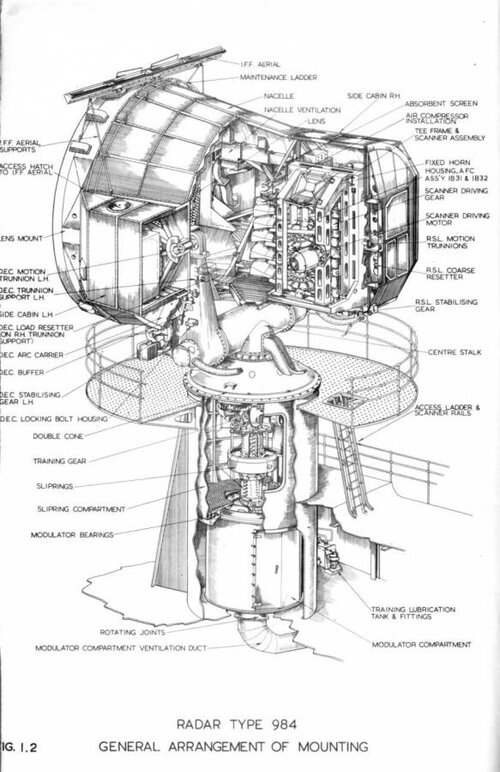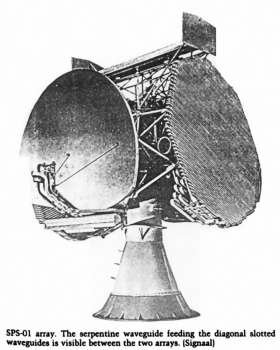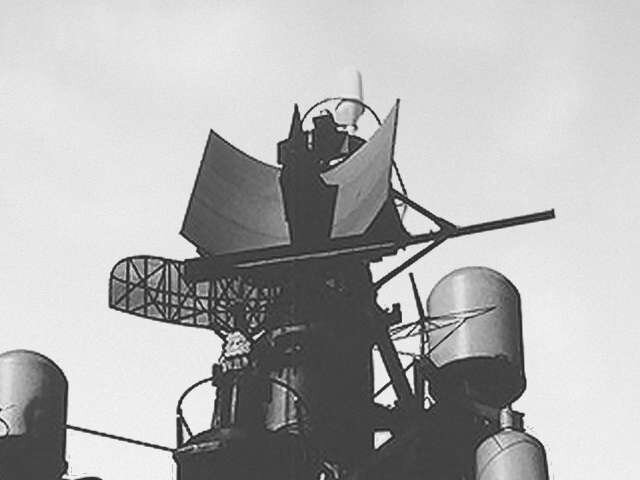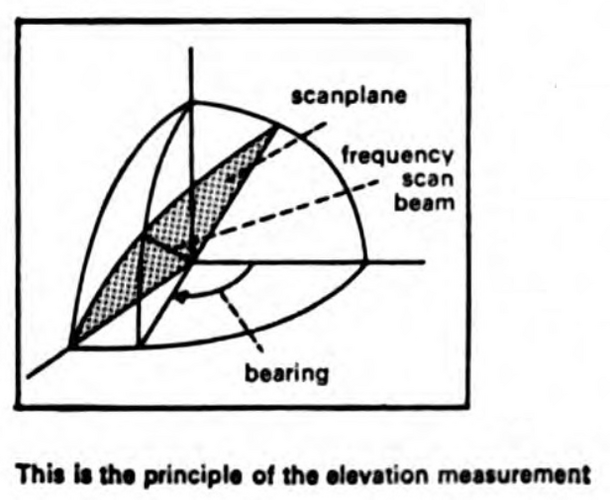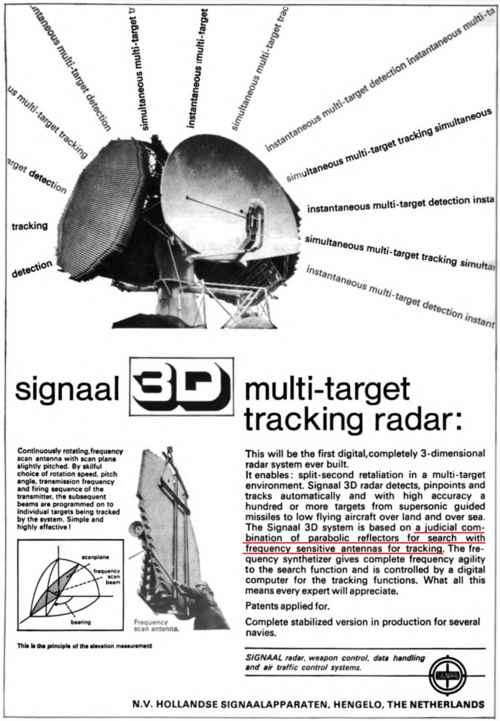Rule of cool
ACCESS: Top Secret
- Joined
- 16 January 2024
- Messages
- 1,153
- Reaction score
- 1,435
I have some questions for the rad-techs on these old 3D radars.
The Type 984 had 5 radar feed-horns transmitting through the Luneburg lens, 4 of these feed-horns were moved vertically through 5 degrees by mechanical servos. I've read that there was an idea/concept/proposal/plan to update this radar with solid state electronics and electronic scanning, which I presume means in the vertical with the horizontal taken care of by rotation.
Can electronic scanning be done with these 4 feed-horns? Or would/could they be replaced with a phased array transmitter that would transmit phased pulses through the Luneburg lens? The contemporary SPS39 appears to have a phased array transmitter using a conventional-ish curved antenna, so I suppose it's technically possible. IIUC the 984 had multiple magnetrons so presumably they could power a new antenna/transmitter.
With the Type 988/SPS-1, it's described as a 3D, but looking at what's under the dome in the Tromps there appears to be 2 radars each with 2 transmitters. Obviously the planner arrays are 3D and that is described at the Target Tracking Radar, but what about the parabolic antennas; are they 2D search radars? What about the slotted waveguide antenna, what does it do?
How fast does the SPS-1 rotate? The radars it was supposed to replace in British service rotated at 10 and 30 rpm. Presumably with 2 arrays the TIR radar could rotate at 15rpm and get the same picture, but 15 rpm for a 2 antenna search radar is a lot.
Any insight would be appreciated.
 www.radartutorial.eu
www.radartutorial.eu
 www.radartutorial.eu
www.radartutorial.eu
The Type 984 had 5 radar feed-horns transmitting through the Luneburg lens, 4 of these feed-horns were moved vertically through 5 degrees by mechanical servos. I've read that there was an idea/concept/proposal/plan to update this radar with solid state electronics and electronic scanning, which I presume means in the vertical with the horizontal taken care of by rotation.
Can electronic scanning be done with these 4 feed-horns? Or would/could they be replaced with a phased array transmitter that would transmit phased pulses through the Luneburg lens? The contemporary SPS39 appears to have a phased array transmitter using a conventional-ish curved antenna, so I suppose it's technically possible. IIUC the 984 had multiple magnetrons so presumably they could power a new antenna/transmitter.
With the Type 988/SPS-1, it's described as a 3D, but looking at what's under the dome in the Tromps there appears to be 2 radars each with 2 transmitters. Obviously the planner arrays are 3D and that is described at the Target Tracking Radar, but what about the parabolic antennas; are they 2D search radars? What about the slotted waveguide antenna, what does it do?
How fast does the SPS-1 rotate? The radars it was supposed to replace in British service rotated at 10 and 30 rpm. Presumably with 2 arrays the TIR radar could rotate at 15rpm and get the same picture, but 15 rpm for a 2 antenna search radar is a lot.
Any insight would be appreciated.

